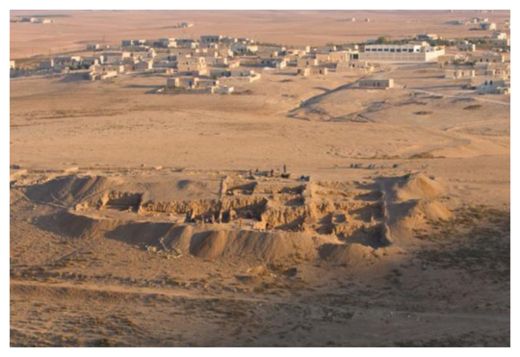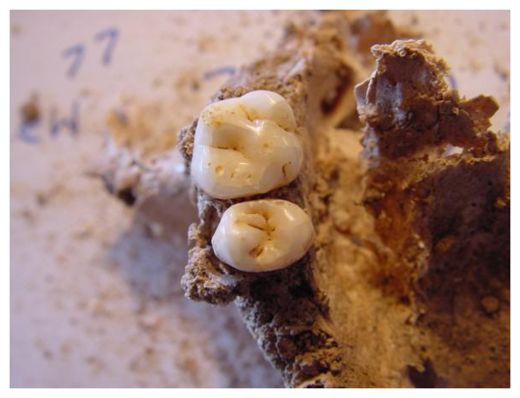
Writing in the journal PLOS Genetics, the study authors explained their analysis of genetic samples obtained from three sites located in what has been dubbed the birthplace of Neolithic agricultural practices: the Middle Euphrates basin and the oasis of Damascus, which is located in modern-day Syria. Those samples date back to approximately 8,000 BC.
"The genetic impact associated to the Neolithic spread in Europe has been widely debated over the last 20 years," the researchers wrote. "Within this context, ancient DNA studies have provided a more reliable picture by directly analyzing the protagonist populations at different regions in Europe."
"However, the lack of available data from the original Near Eastern farmers has limited the achieved conclusions, preventing the formulation of continental models of Neolithic expansion," they added. "Here we address this issue by presenting mitochondrial DNA data of the original Near-Eastern Neolithic communities with the aim of providing the adequate background for the interpretation of Neolithic genetic data from European samples."
The research team looked at 63 skeletons from the Pre Pottery Neolithic B (PPNB) sites of Tell Halula, Tell Ramad and Dja'de El Mughara, which have been dated to between 8,700 BC and 6,600 BC. They recovered 15 validated mitochondrial DNA profiles, and compared them to available ancient genetic data from human remains belonging to the Linearbandkeramik-Alföldi Vonaldiszes Kerámia and Cardial/Epicardial cultures.
Furthermore, they searched for possible signatures of the original Neolithic expansion over modern-day Near Eastern and South European genetic pools in an attempt to determine potential routes of expansion. They compared their results to a database of 60 modern populations from both regions, and identified potential markers of the Neolithic expansion whose genetic signature would have made it to the Iberian coasts and the Central European plain.
According to the researchers, the term "Neolithic" is used to describe a pronounced cultural, social and economic transportation of human populations, as marked by the rise of agricultural production, sedentary farming lifestyles, and the origin of the first cities. It originated some 12,000 years ago in a region known as the Fertile Crescent, which included Mesopotamia and the land in and around the Tigris and Euphrates rivers.
The Neolithic Revolution expanded from this region into Europe, where the prevalent "hunter-gatherer subsistence economy... was replaced by an agropastoral producing system," first author Eva Fernández of the University of Barcelona (UB) said in a statement.

In fact, UB Department of Animal Biology professor Daniel Turbón noted that the findings included in his team's study "are the first ones regarding first Near Eastern farmers; in other words, the genetic stock of original Neolithic." He added that previously published data about the first European farmers "are based on the comparison with current Near East populations, as first agricultural societies' genetics have remained unknown until now."
The University said the new PLOS Genetics paper "provides a new framework to interpret the results of other studies about European Neolithic populations... According to conclusions, genetic affinities have been observed between the mitochondrial DNA of first Neolithic populations and the DNA of first Catalan and German farmers. This suggests that probably Neolithic expansion took place through pioneer migrations of small groups of population."
Furthermore, the results show that the two primary migration routes (Mediterranean and European) could have been genetically linked. This is due to the degree of genetic similarity between the populations of the Fertile Crescent and those found in Cyprus and Crete, which suggests that the Neolithic spread across Europe was due to seafaring colonization and not a land-based expedition, according to Fernández.
"Recent archaeological finds have proved that the Neolithic arrived to Cyprus around 10,600 years ago, some years after the first documentation of agricultural practices in the Near East," said Turbón. He added that the similarity between the architecture and burial models of sites in Cyprus and those of found in the Middle Euphrates basin "indicates a direct colonization of these territories."



Reader Comments
to our Newsletter